
So many of today’s essentials trace back to ideas sparked by individuals whose history was nearly erased. Their creations made things faster, safer, and smarter before they were ever mainstream. Keep scrolling to finally put credit where it’s always been due.
Henry Sampson: Gamma-Electric Cell

Before wireless tech surged ahead, Henry Sampson built a gamma-electric cell that turned radiation into usable power. Patented in 1971, this breakthrough quietly influenced space communication systems and nuclear-powered devices, although his name rarely appears in science textbooks.
Valerie Thomas: Illusion Transmitter
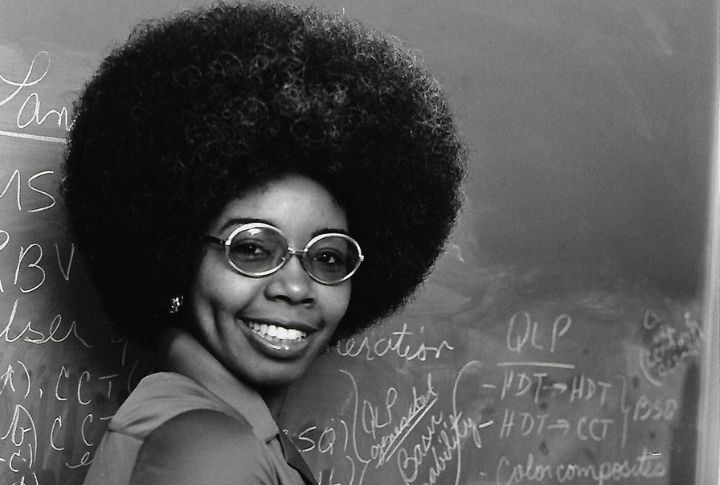
NASA scientist Valerie Thomas changed how we see images by creating the Illusion Transmitter, a 3D projection system first demonstrated in 1980. Her invention laid the groundwork for future 3D display technology, influencing everything from medical imaging to modern visual effects.
Otis Boykin: Electrical Resistor

Pacemakers became more reliable thanks to Otis Boykin’s work in the 1960s. He engineered an improved resistor that handled higher temperatures and stress. His design still supports sensitive electronics today, from military missiles to home appliances—and, yes, life-saving medical devices.
Marie Van Brittan Brown: Home Security System

Brown didn’t feel safe in her neighborhood, so she built a fix. In 1966, she created a home security system with cameras, monitors, and a two-way microphone. It offered peace of mind long before smart tech made home surveillance popular.
George Washington Carver: Crop Rotation And Soil Renewal Methods

After years of experimentation, Carver developed soil-enriching crop rotation methods using peanuts and sweet potatoes. These sustainable practices helped rescue Southern farmers from cotton-depleted fields and made him one of the most respected scientists of his time.
James E. West: Electret Microphone
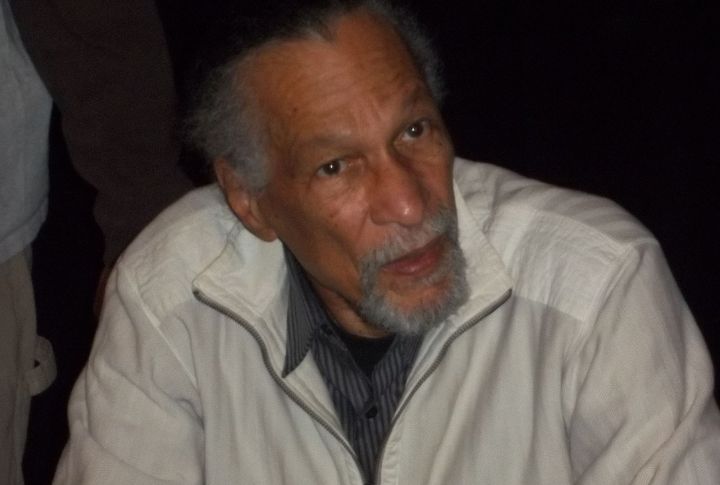
If you’ve ever used a smartphone, you’ve probably benefited from James E. West’s electret microphone. Invented in 1962, it became the industry standard. His design made microphones cheaper, smaller, and more efficient—yet few people outside audio tech recognize his name.
Alexander Miles: Elevator Safety

Fatal accidents from open elevator shafts were a constant hazard before Miles intervened. In 1887, he introduced a mechanism that let doors close and open automatically, which removed human error from the equation and addressed one of the day’s deadliest design flaws.
Lonnie Johnson: Thermal Energy Converter

While working on aerospace tech, Lonnie Johnson developed a high-efficiency thermal energy converter. This 1980s invention helped advance clean energy research. Though most know him for the Super Soaker, his serious engineering contributions stretch far beyond toy aisles.
Charles Drew: Blood Banking
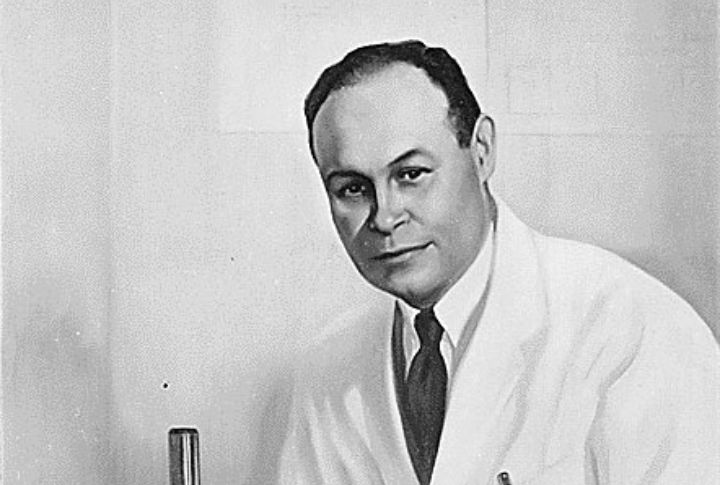
Modern blood banks exist largely because of Dr. Charles Drew’s innovations in plasma storage and large-scale transfusion. His systems saved thousands during World War II. Ironically, Drew’s own access to those systems was limited by the same segregation he fought against.
Norbert Rillieux: Sugar Revolution

Sugar refining became safer and more efficient after Norbert Rillieux invented the multiple-effect evaporator in 1846. His closed-loop system reduced labor and accidents. Although he worked in an era that largely overlooked Black inventors, engineers today still utilize variations of his design.
Alice Ball: Leprosy Breakthrough

At just 23, Alice Augusta Ball discovered how to make chaulmoogra oil injectable, finally offering a reliable treatment for leprosy in 1915. Her formula remained standard for decades. Tragically, she died young, and others took credit—until historians corrected the record.
Garrett Morgan: Hair Straightening Product

Before gaining fame for traffic signals, Garrett Morgan accidentally discovered a chemical hair straightener while experimenting with lubricating liquid for sewing machine needles. In 1919, he developed the product and built a successful business from it.
Lewis Latimer: Carbon Filament
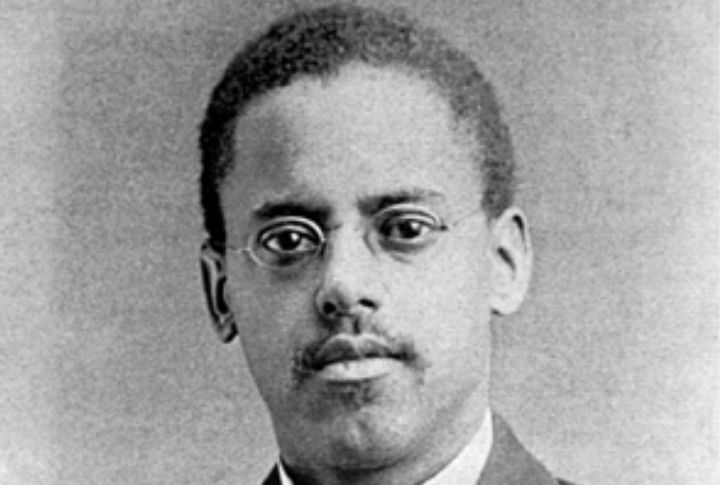
Latimer helped light up the world—literally. His 1881 invention of a carbon filament made bulbs more durable and far more practical. The breakthrough made electric lighting practical for everyday life, helping to bring the technology into homes around the world.
Frederick McKinley Jones: Mobile Refrigeration

Jones knew perishable goods needed a better travel solution. Before his invention, transporting anything temperature-sensitive came with extreme risks and losses. In 1935, he created the first automated refrigeration system for trucks, allowing food and medicine to survive long hauls.
Philip Emeagwali: Oil Reservoir Simulation System
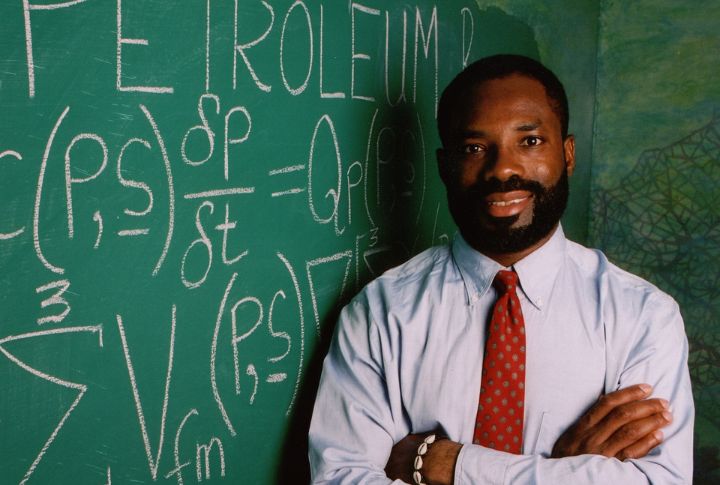
It was Emeagwali’s creative use of parallel processing that cracked petroleum modeling. In 1989, he developed a system that simulated oil field behavior using thousands of processors, earning him accolades, while the oil industry gained a powerful forecasting tool.
Elijah McCoy: Automatic Lubrication Device

Steam engines kept breaking down from lack of proper lubrication until McCoy introduced his device. His lubricator allowed machines to oil themselves during operation. The design was patented in 1872, and engineers began specifically asking for “the real McCoy.”
Granville T. Woods: Railway Telegraphy System
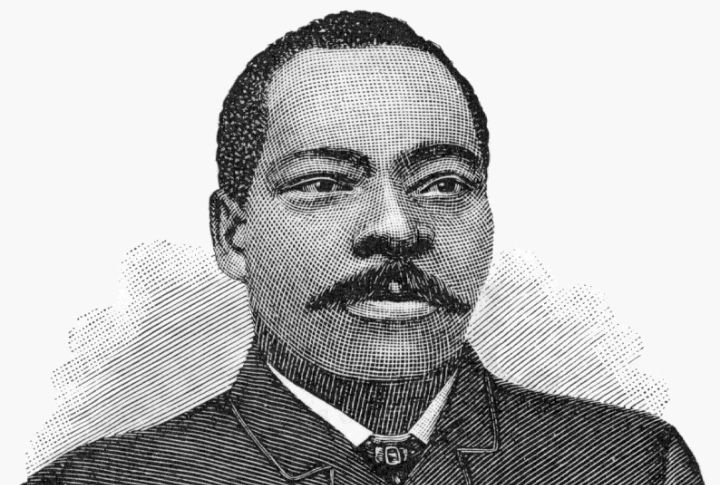
Before Woods, trains couldn’t communicate while in motion. He solved that in 1887 by inventing a telegraph system that let moving locomotives send and receive messages. This technology reduced crashes and delays and was quickly adopted by major railway companies.
Thomas L. Jennings: Dry Scouring Process
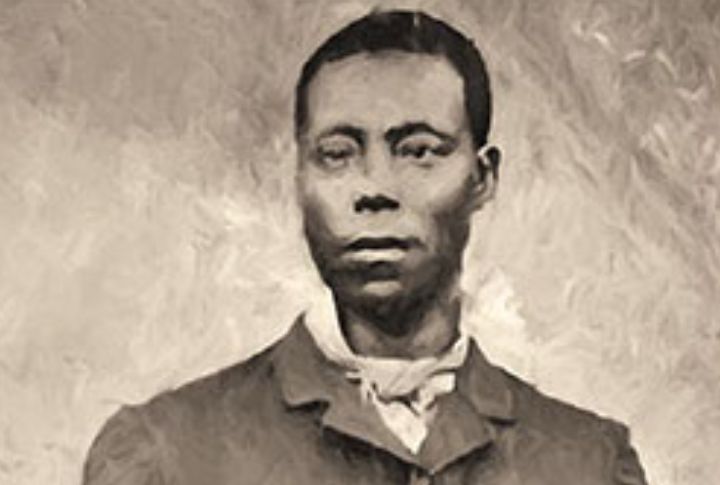
When dry cleaning didn’t yet exist, Jennings came up with a solution for cleaning delicate fabrics safely. His dry scouring process provided a safer and more effective option for fabric care. In 1821, he became the first Black American to hold a U.S. patent.
Benjamin Banneker: Striking Wooden Clock
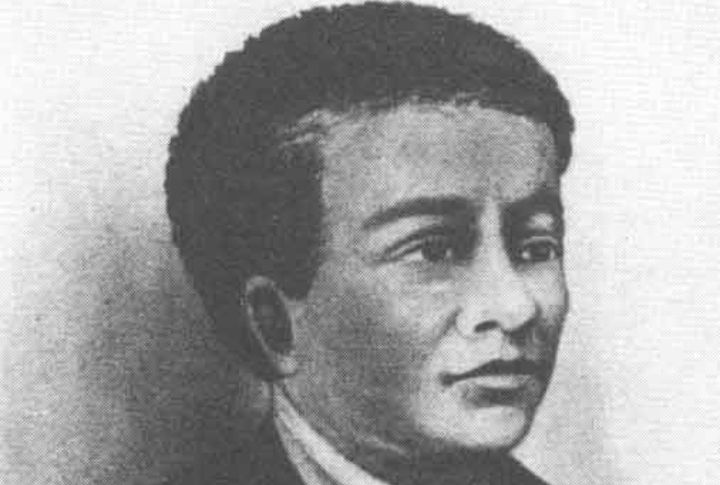
Without formal training, Banneker built a fully functioning wooden clock in 1753 that struck on the hour for decades. He’d studied borrowed watches and astronomical tables to get it right. The achievement earned him recognition as one of early America’s top intellects.
Jan Ernst Matzeliger: Transformed Shoe Manufacturing
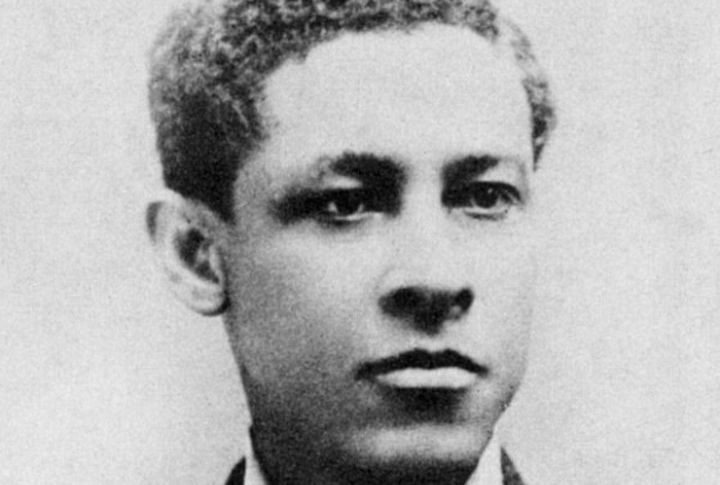
Factories once struggled to meet shoe demand until Matzeliger entered the picture. In the 1880s, he built a lasting machine that stitched soles to uppers in seconds. This invention slashed production time and costs, shifting how footwear was made almost overnight.

